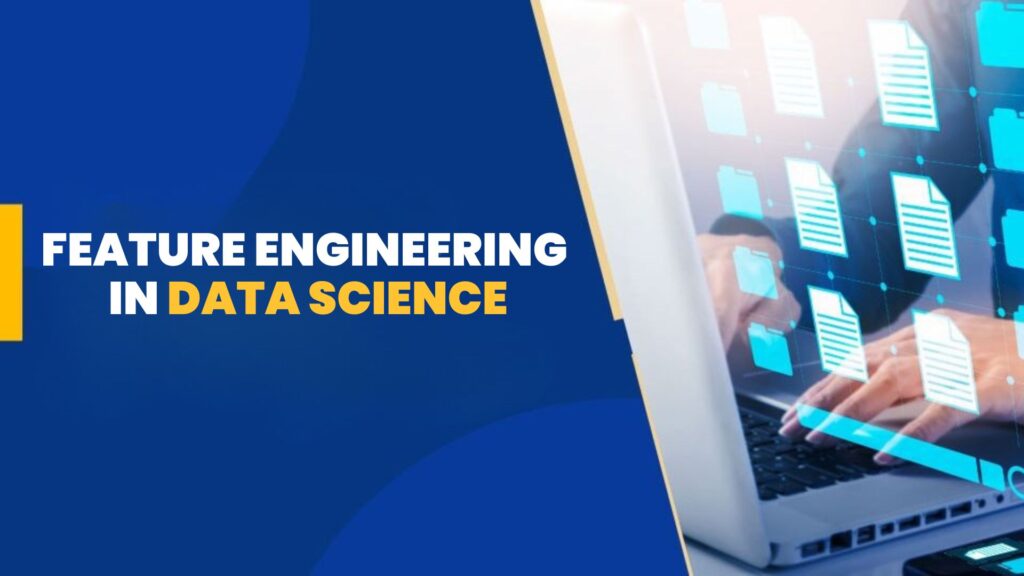When one speaks of data science breakthroughs, the focus tends to be on strong algorithms or deep learning architectures. However brilliant the model may be, there is always a less flashy, more understated process: feature engineering. It is this process that really determines the difference between an average model and one that produces valuable, actionable insights.
What is Feature Engineering?
Feature engineering is the science of transforming raw data into a set of useful variables, hence, so-called features whose predictive power enhances machine learning models. Feature engineering bridges the gap between raw data and algorithmic expertise by transforming dirty real-world data into tidy representations that can be computable by algorithms.
Simply put, models are the engines, but features are the fuel. Regardless of how good the models are, they will not function if the features that they operate on are rubbish, noisy, or irrelevant.
Why It Matters
Suppose two teams are creating a model to predict customer attrition. Both use the same data and algorithm, but the first team simply feeds in low-level demographic data, and the second constructs engineered features such as “avg monthly spend,” “# support tickets in the last 90 days,” and “days since last login.” The second model is far more likely to find meaningful patterns and perform better than the first.
This illustrates the essence of feature engineering: context-dependent mappings that extract hidden signals from raw data.
Techniques in Feature Engineering
Feature engineering is a science and an art, demanding both creativity and technical expertise. Some of the common techniques are:
- Missing Values – Replacing gaps with statistical values (mean, median) or creating an indicator variable to mark missingness.
- Encoding Categorical Data – Using methods like one-hot encoding, label encoding, or embeddings to represent text categories as numeric values.
- Scaling and Normalization – Ensuring that variables that have different ranges (like income vs. age) are all on the same scale for magnitude-sensitive algorithms.
- Feature Creation – Combining existing variables to generate new insights, e.g., “income-to-debt ratio” or “clicks per session.”
- Time-Based Features – Selecting features like day of week, seasonality, or lag values in time series data.
- Dimensionality Reduction – Techniques like PCA allow information from high-dimensional data to be compressed while preserving significant patterns.
Challenges in Feature Engineering
The problem is not merely one of applying techniques but of knowing what attributes are relevant to the specific problem one is addressing. Over-engineering yields noisy or redundant features, and under-engineering buries significant patterns. In addition, feature engineering is highly domain-dependent. What improves predictions for healthcare is useless in retail, and the reverse is also true.
Scalability is another issue. When dealing with big data, the ability to work with and test on millions of records needs robust pipelines and automation, not gut.
The Future: Automated Feature Engineering
New tools and frameworks are beginning to automate feature engineering, a process referred to as AutoML (Automated Machine Learning). Although these tools accelerate the process, human skills remain vital. Imagination, domain knowledge, and critical thinking cannot be accomplished by automation.
Feature engineering does not make the headlines that deep learning breakthroughs command, yet it is the unassuming workhorse of data science. It’s where data turns into signals of relevance that drive intelligent choices. For aspiring data scientists, learning this art is not a choice; it’s the foundation for building robust, high-performing models.
